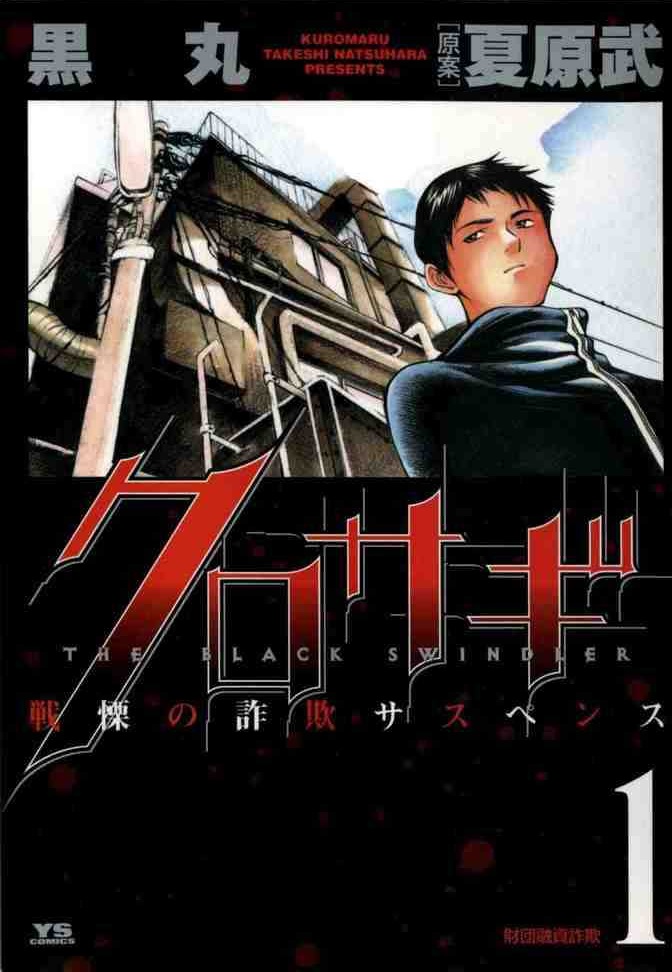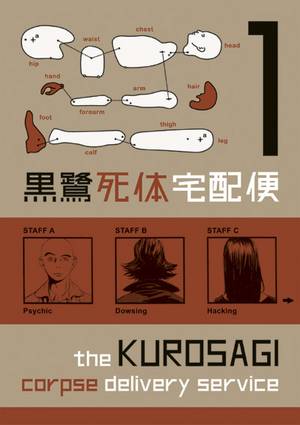


The first Glaive, Tsumugari, is not encountered in the game until after saving Kushi from Orochi in the Moon Cave and is the reborn form of the sacred sword Tsukuyomi, which was devoured by Orochi. This increases their usefulness and allows powerful damage to be dealt relatively quickly. When the Dojo technique Sword Dance has been learned, when both of Amaterasu's main and sub weapons are Divine Instruments of the Glaive class, both blades will gain a significant damage boost and a faster charge time. Overall, the sub Glaive is a longer-ranged, but slower version of the main Glaive. However, the timing must be correct to avoid barking or using Golden Fury and Brown Rage. Finally, the sub weapon can deal a quick, additional finisher to the end of the main Glaive combo by pressing circle/Z with timing, Amaterasu will do a fast swing with the sub. It is yet unknown if it is possible to carry over this charge to the main weapon.īoth types of sub Glaive attacks can strike enemies multiple times. Note that charging the Glaive as a sub weapon in the Wii port of Ōkami is done by pressing the Z and C buttons at the same time. After the lunge, the blade of the Glaive will be stuck in the ground for a moment, exposing Amaterasu to enemy attacks. She cannot make a double jump or evade while charging, so it is best to achieve the maximum height before beginning an attack. When used in the air, regardless of the Glaive equipped, Amaterasu will stand on top of the blade as it delivers a devastating stab to the ground. The second type is a forward stab, becoming a powerful spiralling drill lunge when charged to the second level this is used while Tsumugari, Blade of Kusanagi or Thunder Edge is equipped. The first type is a powerful and widespread upward slash, with a dash added when charged to the second level this attack is used when equipping Seven Strike or Eighth Wonder. The sub-Glaive has two varieties of attack.

Also, the main and the sub can be charged simultaneously. When used as a sub weapon, the Glaive is charged with a stationary stance in two levels this charge can be transferred over to the main but not vice-versa. Additionally, all hits can be charged, and a combo can have any amount of charged strikes, giving the Glaive a wide range of devastating offensive options. Training at the Dojo will enable Amaterasu to make a 3 or 4-hit combo with the Glaive. Originally, the Glaive has a 2-hit combo, where the second hit is distinctively different and a little more powerful than the first. It is possible to continue moving around the arena while charging the Glaive, which can be extremely useful for preparation of the mighty attack soon to follow. The Glaive has a long range when compared to the Reflector, although not so long when compared to the Rosary it may hit more than one enemy at once when at close range. If the charge is released while in the air, Amaterasu will dive downwards, hitting foes beneath and occasionally delivering multiple hits in the same swing. This can make it a difficult weapon to use.Īmaterasu will stand up stationary while charging for a strike, although the charge can be made and held in any position, including while jumping.
Kurosagi wikia full#
The damage potential of an uncharged Glaive is lower and less frequent than an equivalent Reflector only by charging will the full capabilities of this mighty weapon be released. In the Wii version, instead swing the Wii Remote upwards to charge, and downwards to release.
Kurosagi wikia ps2#
In the PS2 version, hold square to charge up the Glaive, and then release it while near a foe to carry out a savage attack. The Glaive is a hold-and-release weapon, but can also do a quick combo attack if necessary. Thus they are not the ideal choice for combating flying enemies either swap to a different weapon or use the Celestial Brush to draw the target to the ground. All main attacks of the various Glaives are identical apart from appearance of the weapon itself and the damage output.


 0 kommentar(er)
0 kommentar(er)
